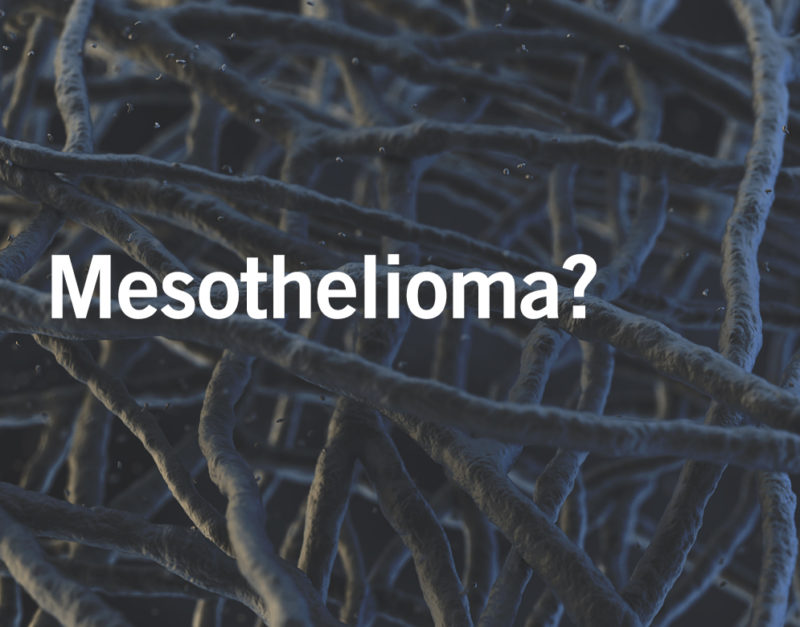 September 14, 2021
September 14, 2021 When J.G Adami coined the term “mesothelioma” in 1909, he knew that he stumbled upon a rare and unique form of cancer linked to the prevalent miracle fiber – asbestos. For more than a century, the mineral was sprayed on steel structures of buildings and inside ships to suppress fires. In addition, it was utilized in home insulation projects and mixed with concrete to make pipes. Unfortunately, it took much longer than it should have for researchers to conclude that inhaling even the smallest quantities of asbestos fibers could be deadly, especially in the form of mesothelioma.
What is Mesothelioma?
Although it presents itself as similar to lung cancer, it is not the same. Rather than affecting the lungs themselves, mesothelioma instead invades the tissue that lines the lungs, making other parts of the body susceptible to the spread of the original tumor. In some rare instances, mesothelioma can originate in the tissue lining of the abdomen or even the heart. Its rapid-spreading nature is not the only characteristic that makes it so aggressive. Not only is it often misdiagnosed as lung cancer, particularly in imaging tests, but it generally has a long latency period that prevents early diagnosis.
Can Mesothelioma Be Found Early?
Even though doctors recommend imaging tests, like chest x-rays or computed tomography (CT) scans for people known to have asbestos exposure, it’s unclear how useful they are in detecting mesothelioma early on. Instead, a more reliable and consistent method for early detection would be to look for specific substances in the blood known as biomarkers. Scientists have found that mesothelioma patients have high levels of fibulin-3 and soluble mesothelioma-related peptides (SMRPs). Studies continue to explore how blood tests for these substances might help find mesothelioma early. The results could reveal how doctors might use biomarkers to monitor the disease’s course in people who have mesothelioma. It is important that mesothelioma is diagnosed before it reaches an advanced stage, as it becomes much more difficult for doctors to supply life-sustaining treatment for a patient.
Does Mesothelioma Treatment Differ from other Cancer Treatments?
Just like other types of cancer, mesothelioma treatments may involve surgery, chemotherapy, radiation therapy, and gene therapy. Where it differs, however, is that mesothelioma often calls for combined treatments due to the aggressiveness of the cancer cases. These combined treatments could include surgical tumor removal, followed by targeted radiation therapy to eradicate any remaining cancer cells.
It is important to remember that just as mesothelioma is unique in its genetic makeup and its prognosis, so is every person diagnosed with the disease. “No two patients are alike.” That is a motto agreed upon unanimously by practitioners and doctors. Dr. Ari Melnick reaffirmed this notion regarding cancer, saying “no two tumors are alike.” He explains that personalized approaches for targeting cancer tumors are significant when it comes to saving lives.
How We Help Victims of Asbestos Exposure
Seek justice with the help of our experienced asbestos attorneys. Our asbestos law firm has represented individuals like you affected by asbestos exposure for over 20 years, aggressively fighting the corporate giants responsible for their dangerous products. If you or a loved one were exposed to asbestos or suffer from a disease caused by asbestos like mesothelioma, we can help.


